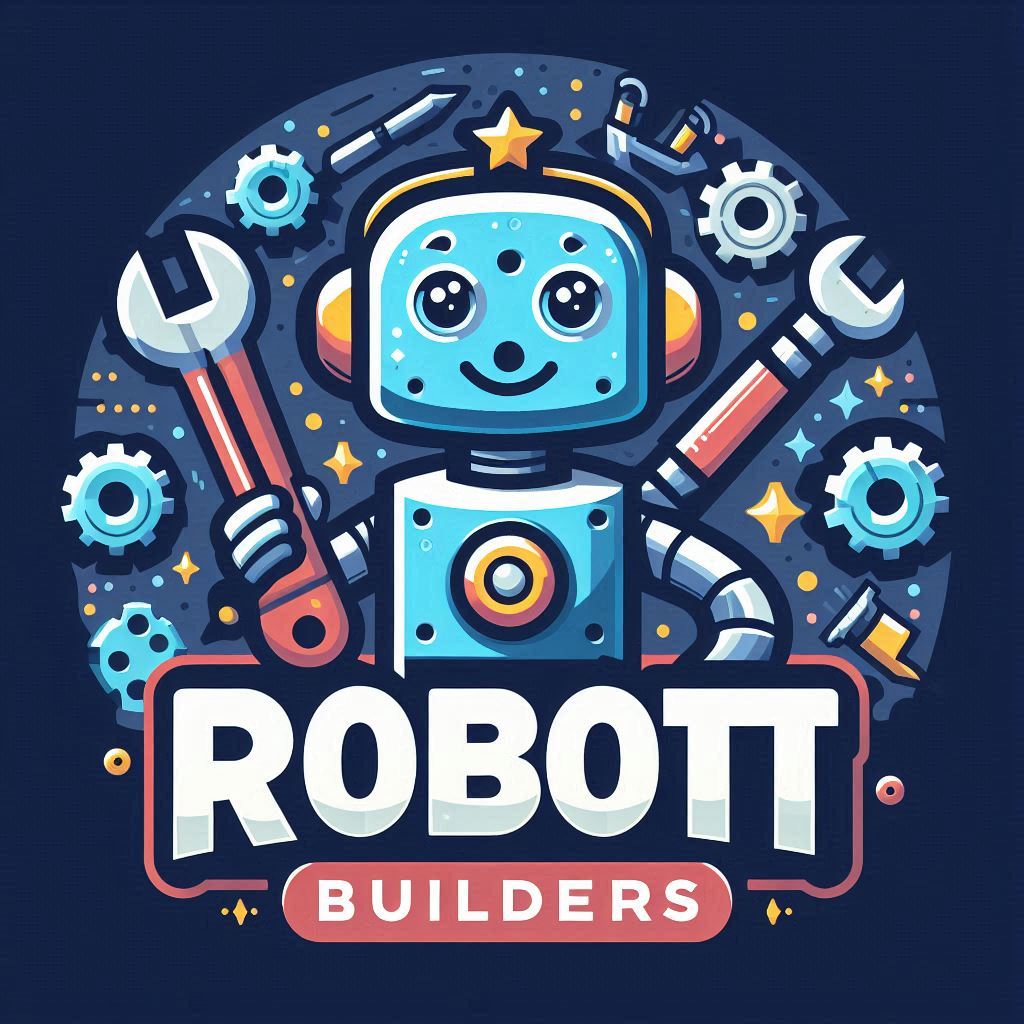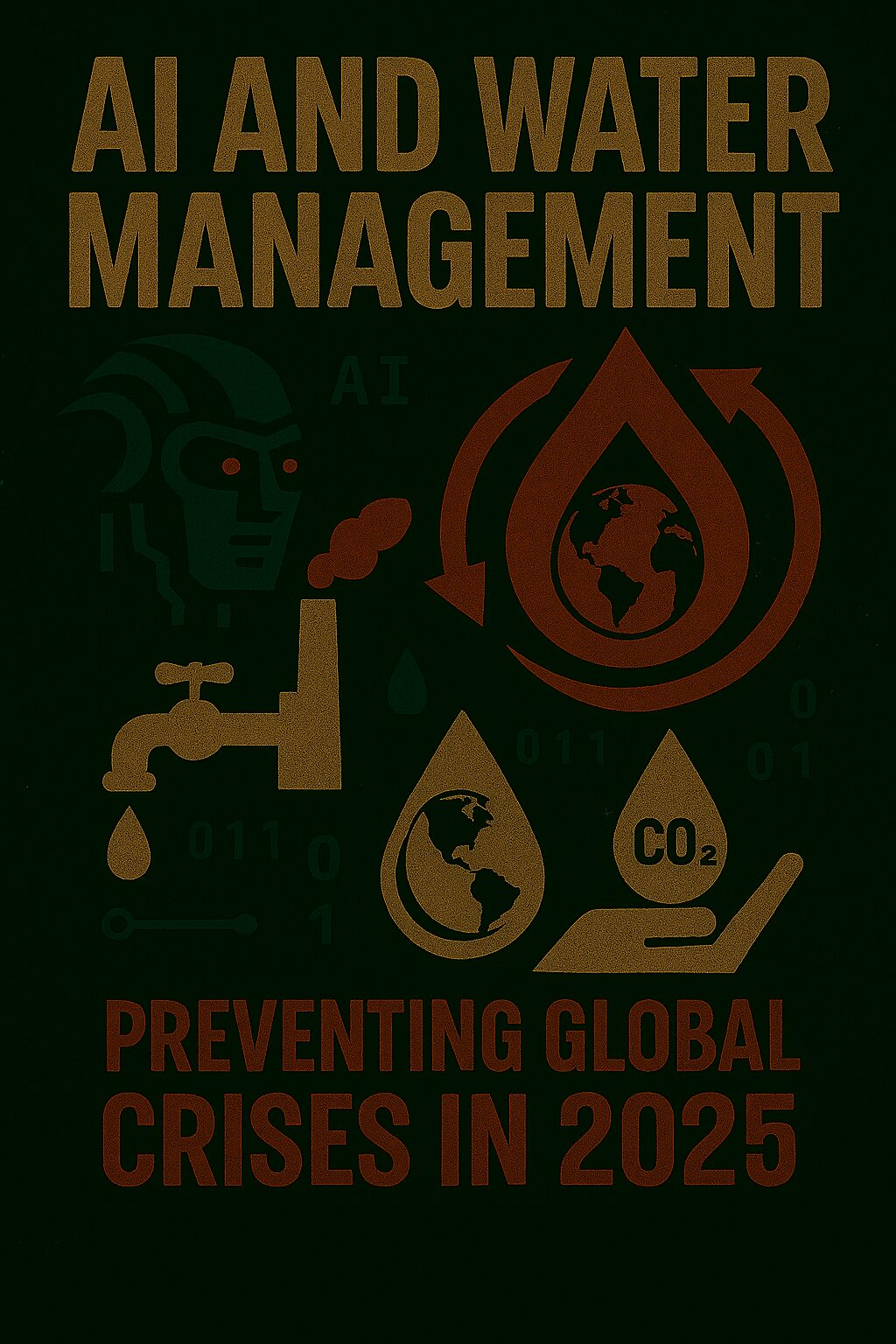Introduction: The World’s Most Pressing Resource
In 2025, water scarcity affects over 2 billion people globally. Climate change, population growth, and aging infrastructure are pushing water systems to the brink. But artificial intelligence (AI) is emerging as a powerful ally—offering precision, speed, and foresight to revolutionize how we manage water. Can AI help prevent the next global water crisis?
🤖 What Is AI-Driven Water Management?
AI in water management refers to the use of machine learning, digital twins, and predictive analytics to monitor, optimize, and protect water systems. These technologies help:
- 📊 Forecast demand and consumption patterns
- 🧠 Detect leaks and infrastructure failures in real time
- 🛰️ Monitor water quality across urban and rural networks
- ⚙️ Optimize treatment plant operations and energy use
- 🌊 Simulate flood risks and drought scenarios
According to the , traditional water risk models are too slow and static. AI systems now offer dynamic, adaptive responses to rapidly changing conditions.
📈 How AI Is Transforming Water Systems in 2025
| AI Capability | Impact on Water Resilience |
|---|---|
| 📡 Leak Detection | Reduces water loss and infrastructure damage |
| 🧠 Demand Forecasting | Prevents shortages and improves distribution |
| 🧪 Quality Monitoring | Identifies contamination before it spreads |
| 🕸️ Digital Twin Simulation | Models complex systems for proactive planning |
| ⚡ Energy Optimization | Cuts costs and emissions in treatment facilities |
A report by Xylem Vue highlights five key areas where AI is transforming water management: treatment optimization, predictive maintenance, consumption forecasting, wastewater enhancement, and flood modeling.
🧪 Real-World Applications in 2025
- 🏙️ Smart cities use AI to monitor water usage and detect leaks instantly
- 🧬 UNESCO’s AI programs help track water quality in vulnerable regions
- 🌐 Digital twins simulate flood risks in coastal zones and urban basins
- 🏭 Treatment plants use AI to reduce chemical use and energy consumption
These innovations are helping governments and utilities respond faster, reduce waste, and protect communities.
⚠️ Challenges and Ethical Considerations
Despite its promise, AI in water management faces hurdles:
- 🛠️ Infrastructure gaps in low-income regions
- 🔐 Data privacy concerns from smart sensors and IoT devices
- ⚖️ Risk of algorithmic bias in resource allocation
- 🧮 High energy costs for AI model training
Solutions include open-source platforms, inclusive design, and global partnerships to ensure equitable access.
🛡️ How to Scale AI for Water Security
✅ Key Strategies:
- Invest in AI-powered infrastructure and digital twins
- Train water professionals in AI literacy and ethics
- Support public-private innovation hubs
- Align water policy with AI-driven insights
- Promote transparency and community engagement
🔑 SEO Keywords to Target
- AI in water management 2025
- smart water systems
- artificial intelligence water crisis
- digital twins for water infrastructure
- predictive analytics in water treatment
- leak detection with AI
- sustainable water technology
🧭 Conclusion: Intelligence Meets Sustainability
In 2025, AI is not just managing water—it’s safeguarding the future. By predicting risks, optimizing systems, and empowering communities, artificial intelligence offers a path toward global water resilience. The challenge isn’t just technical—it’s existential.

